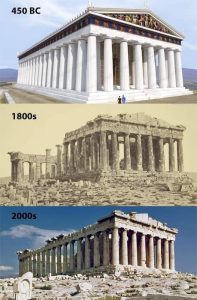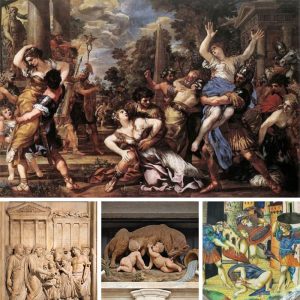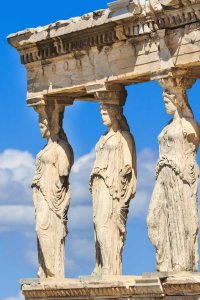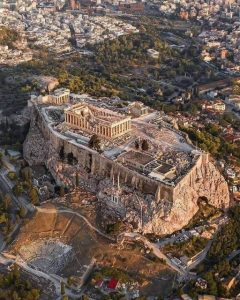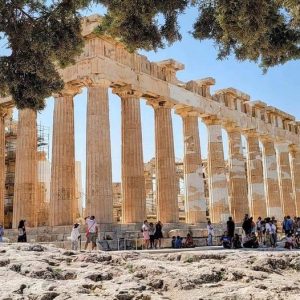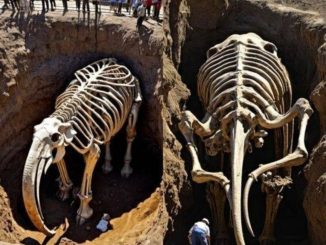Perched on the hill of Agoraios Kolonos within the sprawling precincts of the Ancient Agora in Athens, the Hephaisteion, commonly referred to as the “Theseion,” stands as one of the best-preserved temples from ancient Greece. Dating back to approximately 460-415 BC, this architectural marvel offers a window into the religious and cultural practices of Athens at the zenith of its classical era.
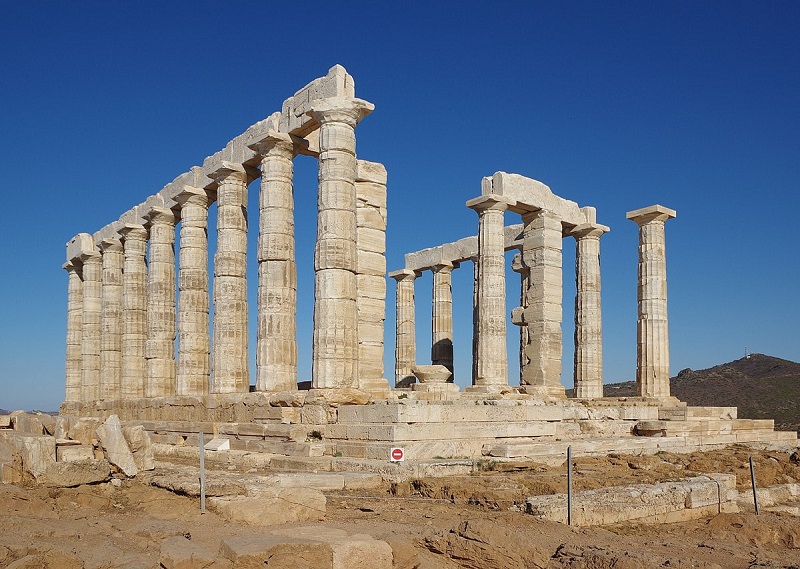
Constructed under the guidance of the architect Iktinos, who is renowned for his work on the Parthenon and other significant temples including those at Sounio and Acharnes, the Hephaisteion is a prime example of the Doric order. The temple is hexastyle, featuring six columns on its facade, a typical feature in larger Doric temples which adds to its grandeur and stability. This structural elegance is further accentuated by the temple’s dimensions, with thirteen columns on each side of its length and six along its width, creating a balanced and harmonious exterior.
The layout of the Hephaisteion is thoughtfully divided into three main parts: the pronaos (front porch), the main nave (cella), and the opisthodomos (back building). This tripartite structure was common in Greek temple architecture, facilitating both the practical aspects of worship and the aesthetic directives of Greek architectural philosophy. The temple’s strategic positioning on the hill of Agoraios Kolonos not only provided it with a commanding view of the Agora but also symbolized the divine watching over the marketplace and civic life.
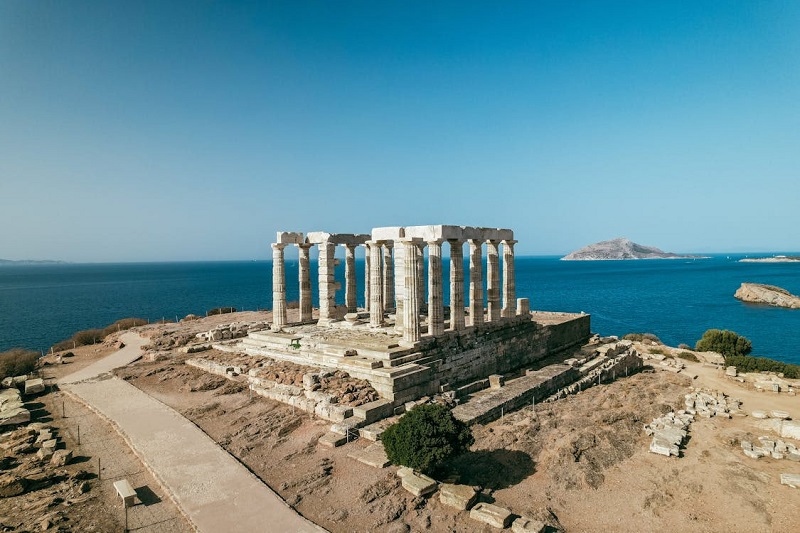
Interestingly, the Hephaisteion predates the iconic Parthenon. Its construction started around 450 BC, suggesting that its design and execution were influential in the subsequent development of larger and more complex temple structures in Athens and beyond. The temple was primarily dedicated to Hephaestus, the god of fire and metalworking, which highlights the importance of craftsmanship and industry in ancient Athenian society, a theme that was dear to the heart of the city known for its sculptors and artisans.
Today, the Hephaisteion remains a profound testimony to the architectural and artistic achievements of classical Athens. Its preservation allows historians, architects, and visitors to study and appreciate the intricacies of ancient Greek temple construction and the cultural narratives embedded within its stones. The temple not only serves as a historical monument but also as a cultural beacon that continues to attract scholars and tourists alike, drawn by its historical significance and its breathtaking vista across the Ancient Agora.
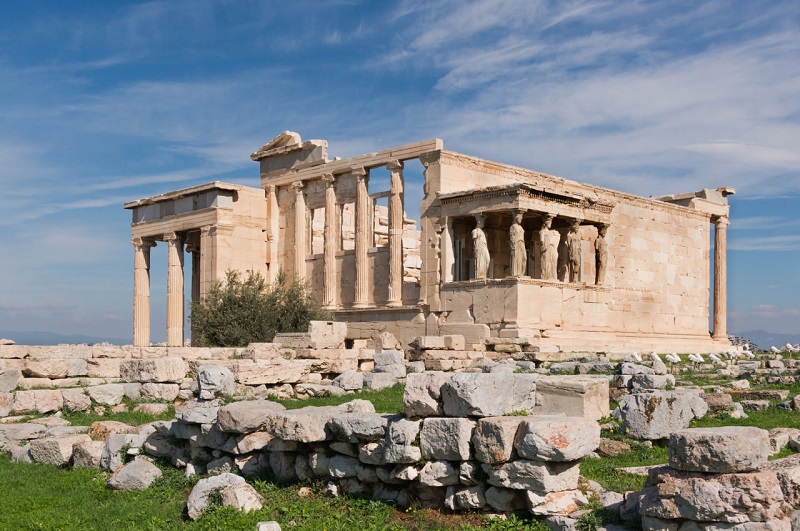
As efforts to preserve and study this magnificent temple continue, the Hephaisteion remains not just a relic of the past but a vibrant part of Athens’ cultural heritage, offering insights into the religious life of ancient Greeks and the architectural innovations that have influenced Western architecture for centuries.
